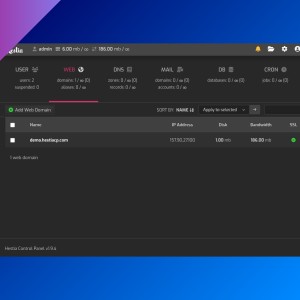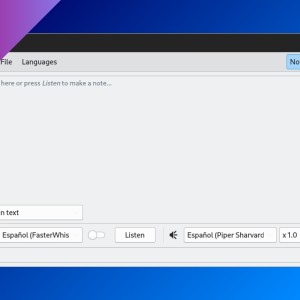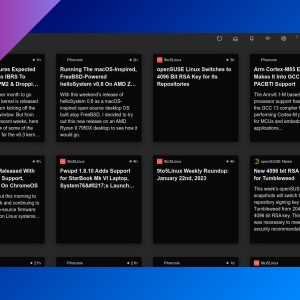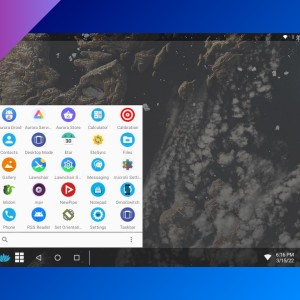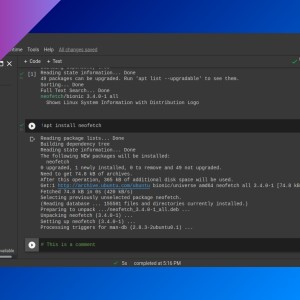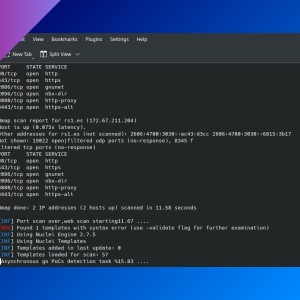'top' is more powerful than you think
Table of Contents
With a lot of ‘top’ alternatives like htop or btop, you may think ‘top’ is a not-so-useful command, but you can customize its output in multiple ways.
Command-line options
top admits several parameters:
top -d <seconds>: delay-time interval. You can use decimals:top -d 1.5.top -p <PID>: monitor specific Process IDs (PID). You can add up to 20 PIDs.top -U <user>: display processes from a user ID or user name.
Interactive commands
Inside top you can press these keys:
- F: fields management window. Add, remove and move
topcolumns using arrow keys (to navigate, select and move entries) and D or SPACE key to add or remove. To close this window, press Q or Esc. - D +
<seconds>: you can change the delay insidetopas well. - L: toggle load-average/uptime line.
- T: toggle task/cpu-states lines (four modes).
- M: toggle memory lines (four modes).
- C: display command line or program name.
- J: alternate between right-justified numbers (Shift + J) or names, and left-justified.
- <: move sort column to the left.
- >: move sort column to the right.
- Shift + R: toggle reverse sorting.
- 1: single/separate CPU-states toggle.
- U +
<username>: display processes from a user. - O +
<fieldname>=<value>: filter processes by field value (e.g.:!USER=rootexcludes processes owned byroot). - Shift + L: filter lines by a word.
More
Run man top for more info.
If you have any suggestion, feel free to contact me via social media or email.
Latest tutorials and articles:
Featured content:

